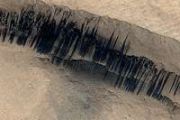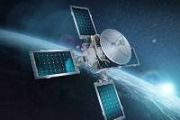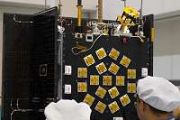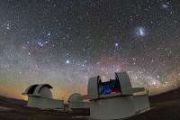
Copernical Team
Leicester-Built Telescope Joins SMILE Mission to Study Solar Wind
 The University of Leicester has completed the construction of an advanced x-ray telescope, which is set to be integrated into a spacecraft to enhance our understanding of solar winds and their effects on Earth's magnetosphere.
The Soft X-ray Imager (SXI), part of the Solar wind Magnetosphere Ionosphere Link Explorer (SMILE) mission, is a wide-field X-ray telescope designed to spectrally ma
The University of Leicester has completed the construction of an advanced x-ray telescope, which is set to be integrated into a spacecraft to enhance our understanding of solar winds and their effects on Earth's magnetosphere.
The Soft X-ray Imager (SXI), part of the Solar wind Magnetosphere Ionosphere Link Explorer (SMILE) mission, is a wide-field X-ray telescope designed to spectrally ma Airbus to Develop Advanced Radiometers for International Climate Mission
 Airbus has been selected by the French Space Agency (CNES) to design and build two state-of-the-art microwave radiometers. These instruments are part of the French contribution to the Atmosphere Observing System (AOS), specifically for the C2OMODO mission (Convective Core Observations through MicrOwave Derivatives in the trOpics).
AOS is a major international collaborative effort involving
Airbus has been selected by the French Space Agency (CNES) to design and build two state-of-the-art microwave radiometers. These instruments are part of the French contribution to the Atmosphere Observing System (AOS), specifically for the C2OMODO mission (Convective Core Observations through MicrOwave Derivatives in the trOpics).
AOS is a major international collaborative effort involving NASA Trains Machine Learning Algorithm for Mars Sample Analysis
 When a robotic rover lands on another world, scientists have a limited amount of time to collect data from the troves of explorable material, because of short mission durations and the length of time to complete complex experiments.
That's why researchers at NASA's Goddard Space Flight Center in Greenbelt, Maryland, are investigating the use of machine learning to assist in the rapid analy
When a robotic rover lands on another world, scientists have a limited amount of time to collect data from the troves of explorable material, because of short mission durations and the length of time to complete complex experiments.
That's why researchers at NASA's Goddard Space Flight Center in Greenbelt, Maryland, are investigating the use of machine learning to assist in the rapid analy Magdrive to Test New Propulsion System with D-Orbit Collaboration
 Magdrive, a startup specializing in advanced electrical propulsion systems, has announced a partnership with D-Orbit, a leader in space logistics, to test the Magdrive Rogue propulsion thruster. The in-orbit demonstration mission is scheduled for June 2025 and was unveiled at the Small Satellite Conference in Logan, Utah.
"We are very excited to show the industry the potential of our Magdr
Magdrive, a startup specializing in advanced electrical propulsion systems, has announced a partnership with D-Orbit, a leader in space logistics, to test the Magdrive Rogue propulsion thruster. The in-orbit demonstration mission is scheduled for June 2025 and was unveiled at the Small Satellite Conference in Logan, Utah.
"We are very excited to show the industry the potential of our Magdr Ascending Node Technologies Releases Innovative Spaceline Visualization Software
 Ascending Node Technologies (ANT), a leader in collaborative mission management solutions, has announced the launch of its Spaceline 3D mission visualization software. This software supports continuous flight planning simulations for NASA's $20 million Aspera small-sat UV astrophysics mission, set to explore nearby galaxies from low Earth orbit beginning in 2026.
Spaceline is an affordable
Ascending Node Technologies (ANT), a leader in collaborative mission management solutions, has announced the launch of its Spaceline 3D mission visualization software. This software supports continuous flight planning simulations for NASA's $20 million Aspera small-sat UV astrophysics mission, set to explore nearby galaxies from low Earth orbit beginning in 2026.
Spaceline is an affordable Study Highlights Potential Dangers to Habitable Planets Around Red Dwarfs
 A significant study has revealed that red dwarf stars can produce stellar flares with far-ultraviolet (far-UV) radiation levels much higher than previously thought. This discovery indicates that the intense UV radiation from these flares could considerably affect the habitability of planets orbiting red dwarf stars. This research, led by current and former astronomers from the University of Hawa
A significant study has revealed that red dwarf stars can produce stellar flares with far-ultraviolet (far-UV) radiation levels much higher than previously thought. This discovery indicates that the intense UV radiation from these flares could considerably affect the habitability of planets orbiting red dwarf stars. This research, led by current and former astronomers from the University of Hawa Venus Geological Features Mirror Early Earth's Continent Formation
 New research suggests that Venus, often considered Earth's hostile twin, may share a geological history with our planet.
Scientists have identified that Venus' extensive plateaus, called tesserae, might have formed through processes similar to those that created Earth's earliest continents billions of years ago.
Led by Associate Professor Fabio Capitanio from the Monash University Sc
New research suggests that Venus, often considered Earth's hostile twin, may share a geological history with our planet.
Scientists have identified that Venus' extensive plateaus, called tesserae, might have formed through processes similar to those that created Earth's earliest continents billions of years ago.
Led by Associate Professor Fabio Capitanio from the Monash University Sc Russian space agency says break with West cost $2.1 bn
 Russia's space agency on Monday said the break with the West following Russia's offensive in Ukraine had cost it nearly 180 billion rubles ($2.1 billion).
As part of sanctions against Moscow following the start of Russia's campaign, Western countries broke off partnerships with Roscosmos in the space sector.
"The termination of contracts by unfriendly countries cost Roscosmos 180 billion
Russia's space agency on Monday said the break with the West following Russia's offensive in Ukraine had cost it nearly 180 billion rubles ($2.1 billion).
As part of sanctions against Moscow following the start of Russia's campaign, Western countries broke off partnerships with Roscosmos in the space sector.
"The termination of contracts by unfriendly countries cost Roscosmos 180 billion Rosetta and beyond: tales of a mission that left a mark
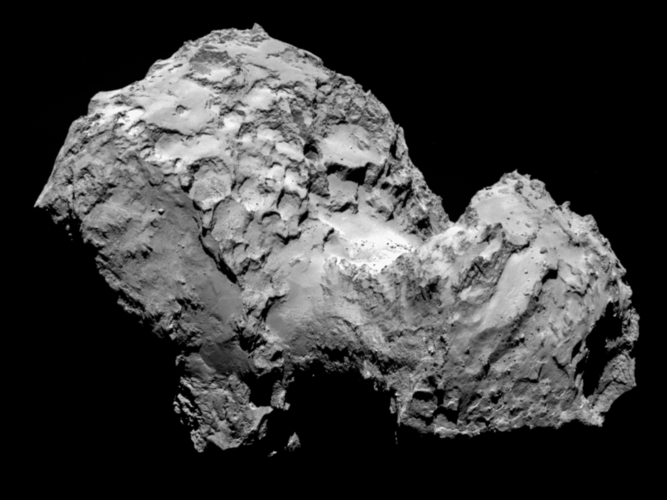
Exactly ten years on since Rosetta arrived at Comet 67P/Churyumov-Gerasimenko, we dig into how the intrepid explorer has transformed our knowledge of comets, revealed some crucial pieces in the Solar System jigsaw puzzle, and shaped how we develop new missions.
Knowledge beyond our planet: space-based data centres
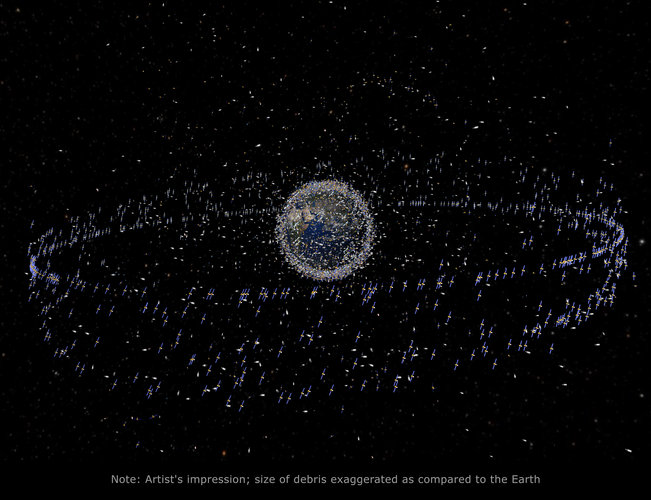
Space is changing, and the number of actors operating in orbit is increasing. Meanwhile, the amount of data collected by satellites is increasing as well. This data-treasure is priceless, supporting human and robotic exploration of space, helping us to take care of our planet as well as to unveil the most distant secrets of the Universe. However, one of the main challenges of nowadays space activities is downloading data from space to Earth. IBM and KP Labs together with ESA is forecasting the future of technology by imagining space-based data centres.















